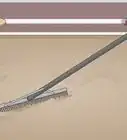This article was co-authored by Geraldine Grace Johns. Geraldine Grace Johns is a Professional Ballerina and the Owner of Grace Ballet in New York and Los Angeles. Geraldine toured through New Zealand, Australia, Japan, and Korea as Jammes in Ken Hill's Original Phantom of the Opera. She has studied with the Royal Academy of Dance in London to become a teacher and taught for the Kudo School of Ballet in Yokohama. Geraldine also ran her own Royal Academy of Dance School in New Zealand before studying at the Neighborhood Playhouse School of the Theatre in New York City. Geraldine was a guest coach and Master Class teacher in Toronto for the Canadian Royal Academy of Dance's Dance Challenge in 2018, 2019, and 2020. She was also a guest coach and Master Class teacher for the USA Royal Academy of Dance Challenge in Long Beach, California in 2019 and 2020. Grace Ballet Los Angeles has won recognition as one of 13 Best Ballet Schools in Los Angeles since opening her school. Geraldine is a contract Practical Teaching Supervisor for the Certificate in Ballet Teaching Studies for the Royal Academy of Dance.
There are 7 references cited in this article, which can be found at the bottom of the page.
This article has been viewed 26,374 times.
A stag leap is a type of split jump used in genres of dance like ballet. It requires some practice and training to pull off, but when done properly, a stag leap will take your audience’s breath away and set you apart from the crowd.
Steps
Performing a Front Stag Leap
-
1Place your feet in fourth position. To enter fourth position, line your feet up so that the toe of your back foot touches the heel of your front foot. Then, move your feet about 1 in (2.5 cm) apart and turn them away from your body.[1]
- If you’d like, you can bend your knees into a demi-plié before performing the leap.
-
2Create an “L” shape with your arms. Lift the arm that’s opposite of your rear foot and stretch it out to the side of your body. Then, lift your other arm and stretch it out in front of your body, creating an “L” shape. To ensure you have the best form possible, make sure to point your palms down and keep your arms straight.
- Some dancers prefer to start with both arms stretched out to the side.
Advertisement -
3Push up with your back foot and chassé forward. From your starting position, push up from the ground using the ball of your back foot and slide your toe toward the heel of your front foot. When it gets close, push down on the ball of your front foot to propel it into the air, causing your back foot to tap the sole of your front foot. Then, let your front foot glide forward.[2]
-
4Move your arms into a “T” shape. As you finish your chassé, move your arms directly in front of your chest to create a broken line parallel to the ground. As with your previous arm formation, make sure to point your palms down.
- When combined with your torso, this arm formation looks like a “T.”
-
5Slide your back foot past your front foot. As soon as you finish your chassé, lift up your rear foot and slide it forward past your front foot. Then, place the sole of your new front foot firmly on the ground.
-
6Leap up using your front foot. Bend your front knee slightly, then push up from the ground using the ball of your front foot. When you perform this action correctly, you should have enough time to do a half second stag leap.[3]
-
7Bring your back leg forward and bend it at the knee. Once you start your leap, lift your back leg off the ground and slide it forward past your front leg. Then, raise your leg so that your thigh is parallel to the ground. As you do this, bend your knee to bring your calf as close to your thigh as possible.[4]
- This position is a parallel passé.
-
8Straighten your back leg. After starting your leap, raise your back leg into the air to create a line behind your body. In perfect ballet form, your leg should be completely straight and parallel to the ground.[5]
- This position is a derriere attitude.
- If you’d like, you can bend your back knee as well to perform a double stag leap.
- To perform the best leap possible, try to time your actions so that your front thigh and back leg are parallel to the ground at the same time.
-
9
-
10Land with your feet turned out. When finishing your jump, land first on your front foot and then on your rear foot. As you land, turn your feet away from your body and assume a position similar to your starting pose.
- Make sure you travel up and through the air, landing softly and with control. Try to keep your head and back supported as you land.[8]
-
11Lower your arms to your sides. Once you’ve landed, gently slide your arms down to your sides. This indicates the completion of your stag leap. If you’re incorporating the stag leap into a larger routine, slide your arms to the starting position of your next move instead.
Executing a Stationary Stag Leap
-
1Line your feet up in fifth position. To enter fifth position, place 1 of your feet directly in front of the other as if you were walking on a tightrope. Then, turn your feet away from your body and bring them as close together as possible.[9]
-
2Place your arms in first position. To enter first position, hold your arms out in front of your body as if you were carrying a beach ball. Your hands should be about 4 in (10 cm) apart with the fingertips pointing toward each other.[10]
- If you’d prefer, you can hold your arms down closer to your legs. This is known as preparatory position.
-
3Go down into a demi-plié. When you’re ready to start the jump, bend your knees to bring your body closer to the ground. Make sure that your feet, arms, and back do not shift or change positions while doing this.[11]
- How far you bend your knees is entirely up to you, though stag jumps tend to look most impressive when you bend your knees as little as possible.
-
4Jump into the air and move your arms into fifth position. Starting from your demi-plié, straighten your legs and push off the ground using the balls of your feet. As you do, lift your arms above your head and pull them apart slightly.[12]
-
5Lift up your front leg and bend it at the knee. After starting your jump, raise your front leg up to make your thigh perpendicular with your waist. Then, bend your knee until your thigh and calf are as close as possible, creating a parallel passé.[13]
-
6Straighten out your back leg. While performing your parallel passé, straighten your rear leg and kick it out behind your body. Then, raise it up into the air until it is perpendicular with your waist, creating a derriere attitude.[14]
- Some dancers bend their back knee instead of keeping it straight, a move known as a double stag leap.
- Try to line up your movements so that your back leg and front thigh are perpendicular to your waist at the same time.
-
7Turn your feet out when you land and resume your starting position. To complete the jump properly, make sure to land on your front foot first. Then, bring your feet together and lower your arms to resume the starting position.
References
- ↑ https://ballethub.com/ballet-lesson/five-basic-positions-ballet/
- ↑ https://www.youtube.com/watch?v=pZTU7QYu8CA&feature=youtu.be&t=1s
- ↑ https://www.youtube.com/watch?v=o9vTEYCugLc&feature=youtu.be&t=4s
- ↑ https://usagym.org/PDFs/Women/Rules/J.O.%20Code%20of%20Points/13replacement_floor_illus.pdf
- ↑ https://usagym.org/PDFs/Women/Rules/J.O.%20Code%20of%20Points/13replacement_floor_illus.pdf
- ↑ https://www.youtube.com/watch?v=o9vTEYCugLc&feature=youtu.be&t=4s
- ↑ Geraldine Grace Johns. Professional Ballerina & Ballet Instructor. Expert Interview. 20 May 2021.
- ↑ Geraldine Grace Johns. Professional Ballerina & Ballet Instructor. Expert Interview. 20 May 2021.
- ↑ https://ballethub.com/ballet-lesson/five-basic-positions-ballet/
- ↑ https://ballethub.com/ballet-lesson/five-basic-positions-ballet/
- ↑ https://www.youtube.com/watch?v=NAb6LvAUiJU&feature=youtu.be&t=1m56s
- ↑ https://www.youtube.com/watch?v=NAb6LvAUiJU&feature=youtu.be&t=1m59s
- ↑ https://usagym.org/PDFs/Women/Rules/J.O.%20Code%20of%20Points/13replacement_floor_illus.pdf
- ↑ https://usagym.org/PDFs/Women/Rules/J.O.%20Code%20of%20Points/13replacement_floor_illus.pdf


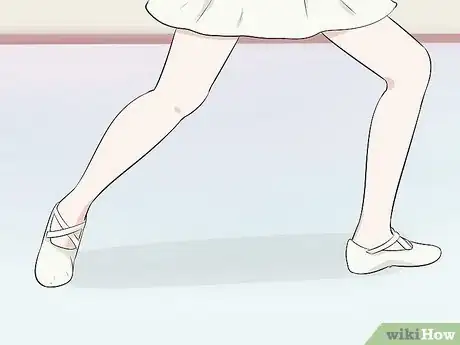
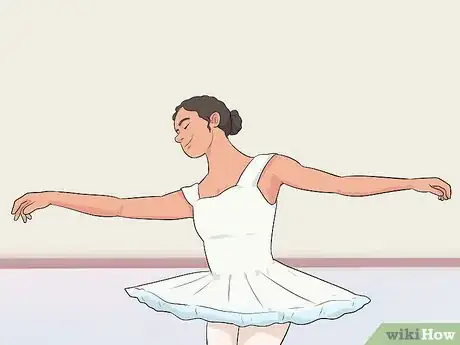

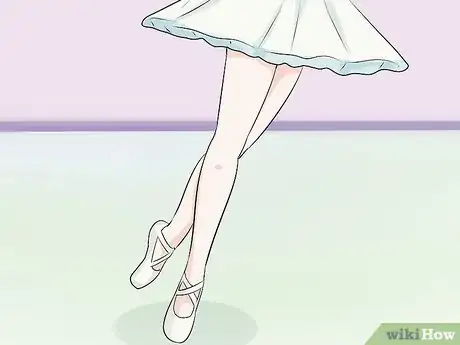
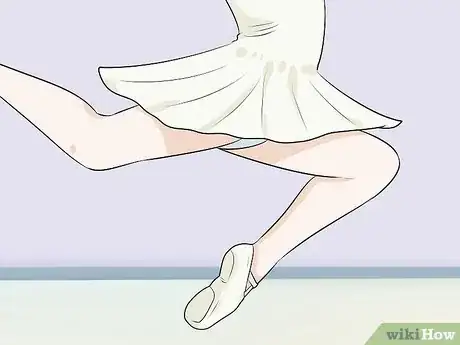

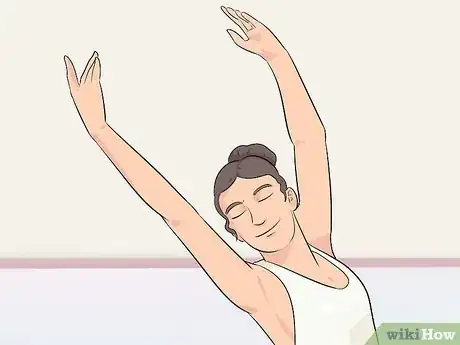

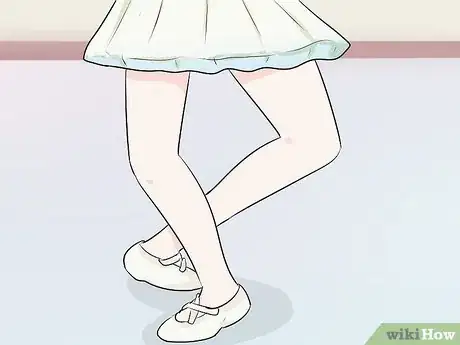

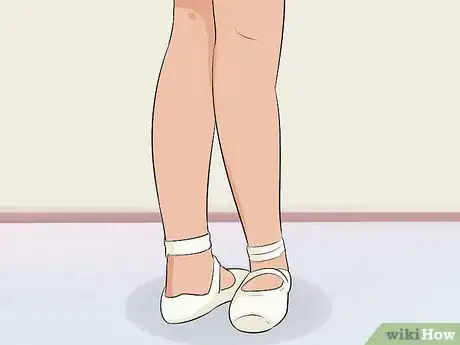

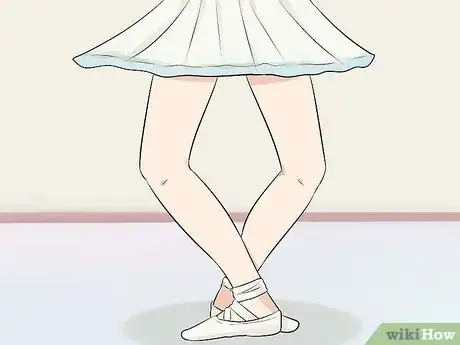
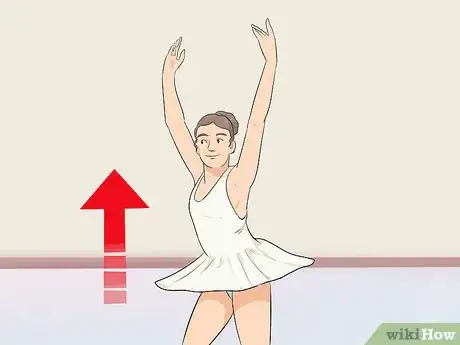
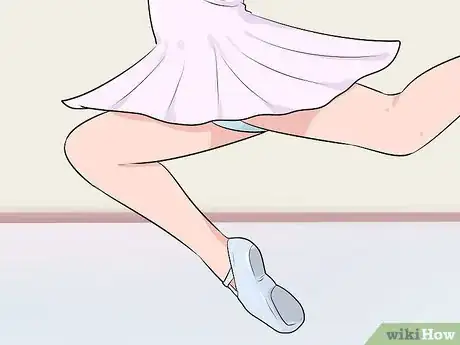
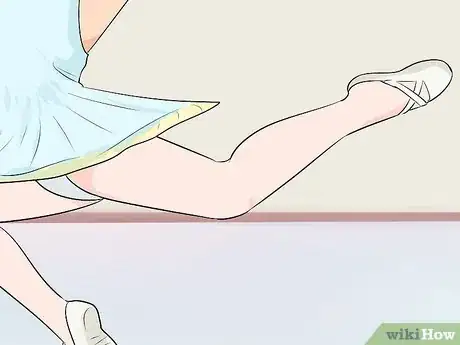

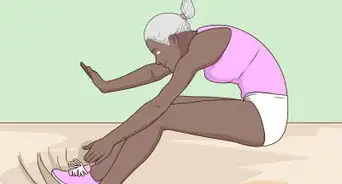
-Step-15-Version-2.webp)


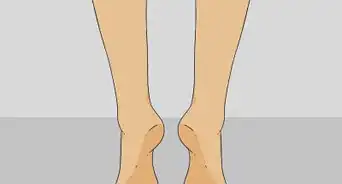
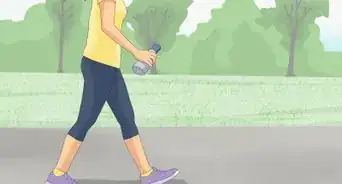
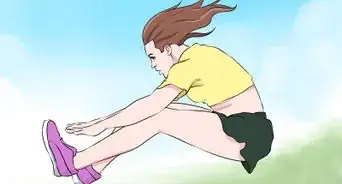
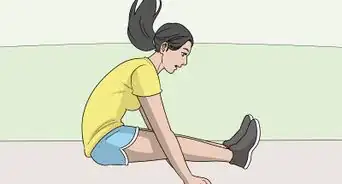
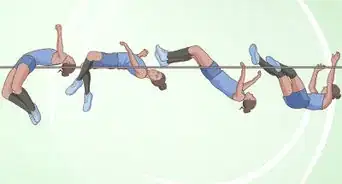
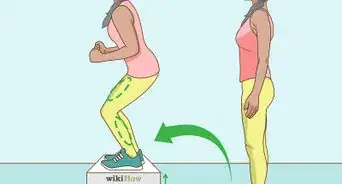
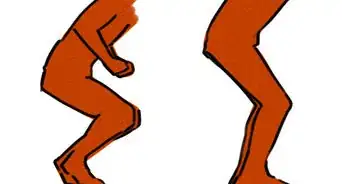






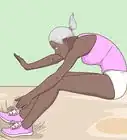
-Step-15-Version-2.webp)
